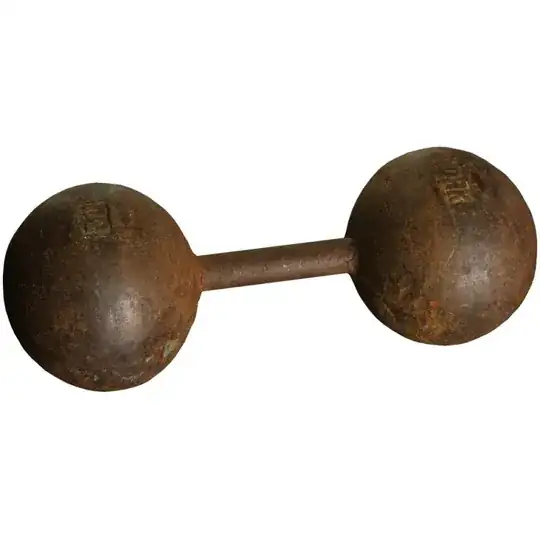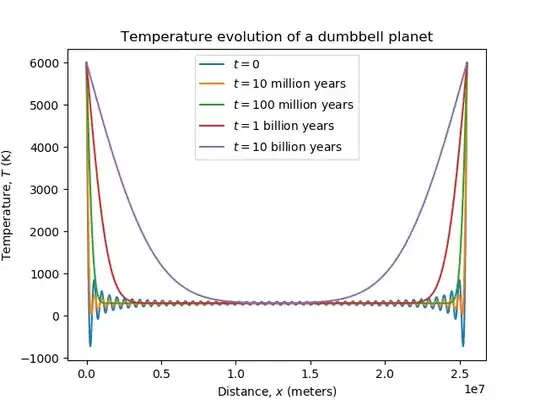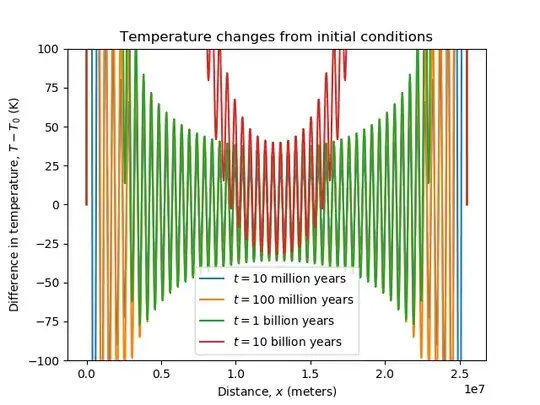Based on this question about an impossible barbell planet, how hot would the bar be if it extended from halfway in the Earth's mantle to an altitude of 2r of Earth's radius? The diameter of the bar itself is 20% of the radius of Earth. The rod is made of mild steel (we are handwaving the structural integrity of molten steel and ignoring that a structure this high would instantly collapse.) Also, the rod is permanently affixed at halfway through the mantle. The orientation and distance between Earth's core and the bar are fixed points.
We are going to ignore orbital mechanics, structure strength of megastructures, and structural strength of the Earth's crust surrounding this megastructure.
Given the Earth's core temperature and the conductivity of mild steel, how high would a person have to go on the rod in order to touch the rod with their bare hands and not get burned?
Bonus Question(s): What would happen to the weather near the base of the rod where it intersects with earth? If you want to talk about how fast Earth's core would completely cool off, that's cool too.
Extra Bonus Question(s): Account for orbital mechanics, interaction with the magnetosphere, and compression heating of the rod against the earth's core and friction with the crust.
Remember, this is a hard-science question. Equations, official government sources, and journal references are most appreciated. A minimum of handwavium, please.


